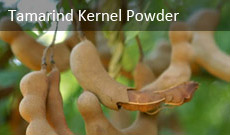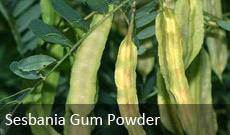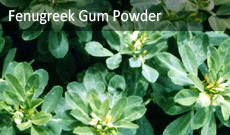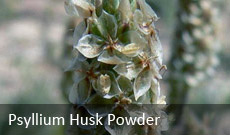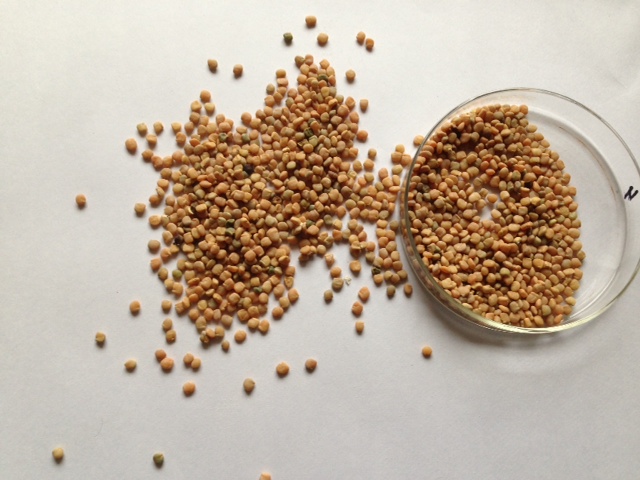Guar Gum and its Properties that Make it a Useful Product for Use in Food & Commercial Industries
Guar gum is a product of the guar plant which grows mainly in India, Australia and Pakistan. It is obtained from the guar seeds of the guar plant. This is a legume plant from whose endosperm the gum is obtained. The world’s largest producer of guar gum and guar gum powder is India. Today guar gum is a popular food and commercial additive, and reasons for this are the valuable benefits offered by the product in different types of industries. The guar products are economical than other forms of gum and hence have become very popular across various industrial verticals for their applications. Guar gum particularly has many properties that have been beneficial to many industries. Guar gum is also known as guaran. Guar gum manufacturing involves a series of industrial processes as discussed below.
Guar Gum – Industrial Processing and Manufacturing
In large scale production or for commercial production, Guar gum is obtained after roasting the splits, differential attrition, then sieving and finally polishing is done. The seeds, after harvesting, are split and screened to clean them before being soaked for pre-hydration. Soaked splits are then flaked and ground into powder and dried. The particle size is important and those that are oversize are often reground to achieve the desired fine size of particle. Products of the manufacturing process are husks, guar gum powder and germ. The husks and germ are not discarded; instead, they are used as cattle feed.
Guar Gum for Food and Other Commercial Applications
Guar gum is favoured due to its viscosity and solubility properties. These make it possible for manufacturers to use it for very many uses. Its application is in industries such as; food production, mining, oil, textile, pharmaceutical, cosmetics et cetera.
Guar gum is used as a stabiliser in food production industries to increase the shelf-life of processed products. This applies to most canned food. As a stabiliser, it also preventsthe separation of the solid and liquid components of a product. This applies to suspensions.
It preserves dairy products such as ice cream because it has the ability to reduce formation of ice crystal.
Guar gum has the property of a water binding agent. It is a water loss control additive that reduces water loss in dough and confectionary products.
When put in water, Guar gum forms a thick, uniform paste. Its great ability of water-thickening makes it very effective even in small amounts making it a very economical thickening agent. This is applied in food production for pastes and sauces and in the textile industries to form film used in printing. Cosmetic industries also use Guar gum in toothpastes, lotions, shampoos et cetera as a thickening agent.
As an emulsifier, Guar gum is used to prevent the amalgamation of oil droplets. This application is vital in food production and is extensively used in margarine, salad dressing and ice cream production.
Due to its ability to become uniformly viscous, Guar gum is used in mining industries as a friction reducing agent. It is applied in holes thus saving power by reducing friction increasing the efficiency of drilling machines.
Guaran is applied in pharmaceutical industries to help treat disorders such as diarrhoea, constipation et cetera.
Conclusion
The uses of the guar plant product stretch across different sectors of industries. They are useful in numerous production processes and this makes the guar a very special plant. Though cultivated extensively in India, other regions of the world are picking up and are already engaging in cultivation of this multi-functional legume plant and in guar gum manufacturing. Its usefulness makes it a real gem for industries. To know more information about our manufacturing and quality of guar gum please visit: https://www.altrafine.com/manufacturing_and_quality.html
This Article has been written & posted by Ajit Patel.






